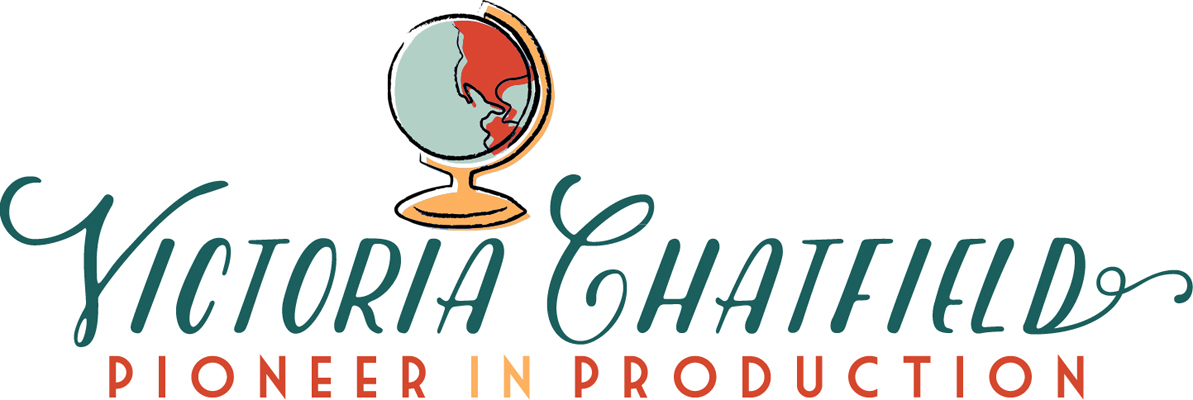Find units from my English Language Arts curriculum (2010-2014) below. Theater units will be uploaded at a later date.
Introduction to Poetry: Reading 6 (September)
The Introduction to Poetry unit has been my favorite unit to teach since its creation back in 2011. I started every year by reviewing the primary objectives from fifth grade (literary devices, plot structure, annotation techniques, quote analysis, etc.) through extraordinarily rigorous and archaic texts. Interestingly, the poetry unit has always been a favorite of my students as well -- despite the fact that there's not a single creative writing assignment and almost all of the poetry was written before the 20th century. Still, long after they've forgotten everything else that I've taught them, they all manage to remember Edgar Allan Poe. (Student jokingly refer to this as the Poe-try unit because of the inclusion of so many works by a single author. In the words of the illustrious MC Lars, we go hard on that tetrameter.) I still teach the Introduction to Poetry unit during Saturday Academy.
And with the annotations that have replaced my traditional lesson planning template:
Ancient Medicine (Thanksgiving Break Packet): Reading 6 (November)
This independent work packet was used to bridge a number of different units. Students were asked to read about ancient medical practices, such as the Four Humors and phrenology, and apply that information to books that they'd previously read. Since we'd just wrapped up Tuck Everlasting in whole-class instruction, students argued which of the Four Humors dominated each central character's personality. Since many students were progressing through the Harry Potter series in guided reading, they were asked to make observations about characters' appearances based on phrenology. The whole packet was leading up to the subsequent unit on Sigmund Freud.
Sigmund Freud: Reading 6 (December-January)
During my undergraduate years, my area of focus was psychoanalytic criticism. You'll always find my bookshelves littered with works by Lacan, Jung, and (of course) Freud. Delving into the depths of a character's subconscious mind brought me my greatest joys as a literary scholar. Wanting to share this experience with my students, I found a Z-level nonfiction book on Freud, Sigmund Freud: Giants of Science #3 by Kathleen Krull, and created a unit that was deeply rooted in textual dissection and analysis. You can find the first 100+ pages of the unit packet below. (The complete unit featured additional readings on topics like the Freudian Uncanny, with guest appearances from E.T.A Hoffmann, and the interpretation of dreams, with guest appearances from NBC's Hannibal.) While the students who took this course three years ago aren't able to remember all of the nitty-gritty details of Freudian psychoanalysis, I'm always pleasantly surprised when they cite his work in their high school classes.
Lokasenna (Mini-Unit): Reading 6/Book Club 8 (March)
Around state testing, we diverged into mini-units that gave students a much-needed respite from their regular instruction. This provided me with a chance to ratchet up the rigor while students still felt like they were getting a "break." My favorite mini-unit was centered around the Lokasenna from the Poetic Edda. I originally taught this mini-unit during an eighth grade winter elective on Norse mythology -- which also tackled ancient Viking history and language, as well as the Icelandic sagas. Based on the success of that elective, I soon restructured the lessons and integrated the text into my sixth grade reading class. Students also completed a spring vacation packet on the Aesir-Vanir Wars, which asked them to formulate a hypothesis about why the gods permitted Loki to remain in Asgard (especially after witnessing all of the trouble he caused in the Lokasenna and reading the prophecies about Ragnarök). Their hypotheses specifically drew on political structures in Viking society and how they intersected with religious mythology.
The Adventures of Ulysses: Reading 6 (May-June)
Unfortunately, this book has gone out-of-print. It's a fantastic abridgment of the The Odyssey that retains a high level of literary/poetic merit, while retelling all of the key moments from Homer's original narrative. I'm including this packet so that you can see how instruction changed between the beginning of the year and the end of the year. You'll notice that this packet mostly consists of charts and annotation guidelines, with very few multiple-choice questions and short responses. One of my primary objectives was to move students towards intellectual independence. Towards the end of the year, they spent more time sharing annotations that they found interesting in partners or groups (leading to class-generated, as opposed to teacher-generated, discussions) and cataloging thoughts about motifs that helped them to write a culminating essay. The best part of the culminating essay was that, just like in college, students were not given a prompt. They needed to create their own theses based on a motif that they observed. (I did help them out by presenting them with three central motifs, however.) This class structure led to some of my favorite text analyses of all time -- for instance, positing that the events of The Odyssey are all happening in Odysseus' mind and the different monsters represent parts of himself that he must subdue in order to become the proper ruler of Ithaca. (Shout-out to Berkeley 2012 for that one!)
Subscribe to:
Posts (Atom)






No comments